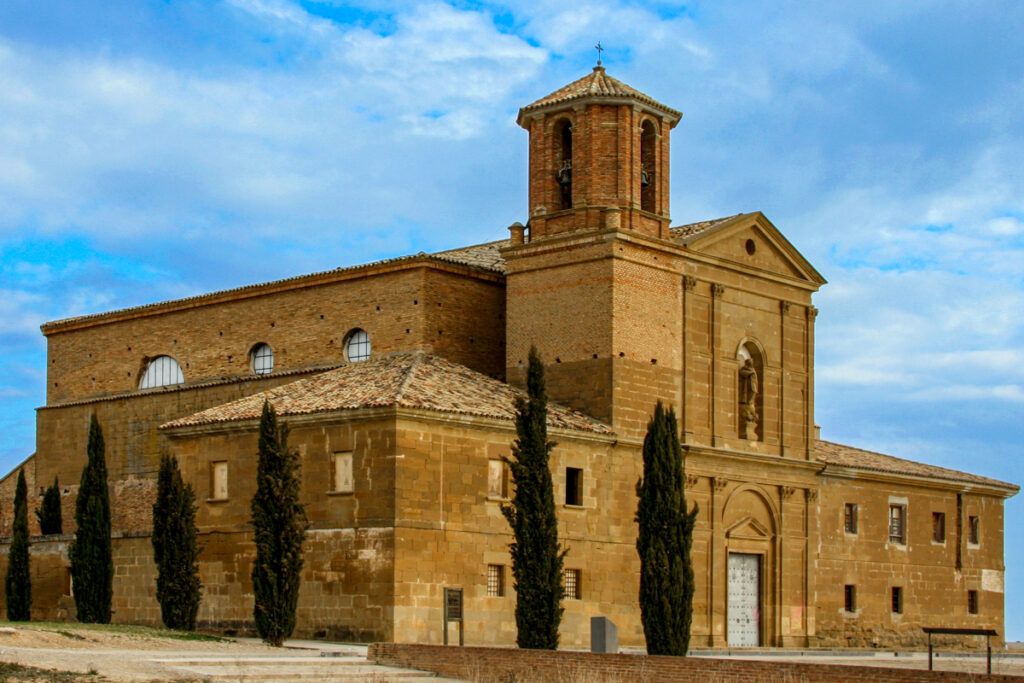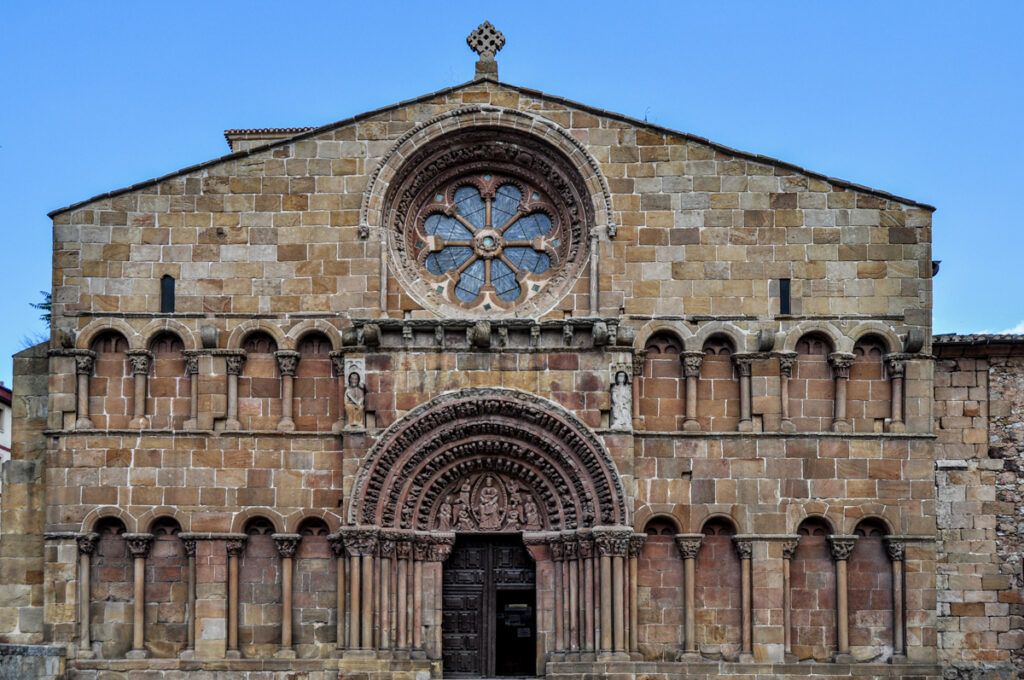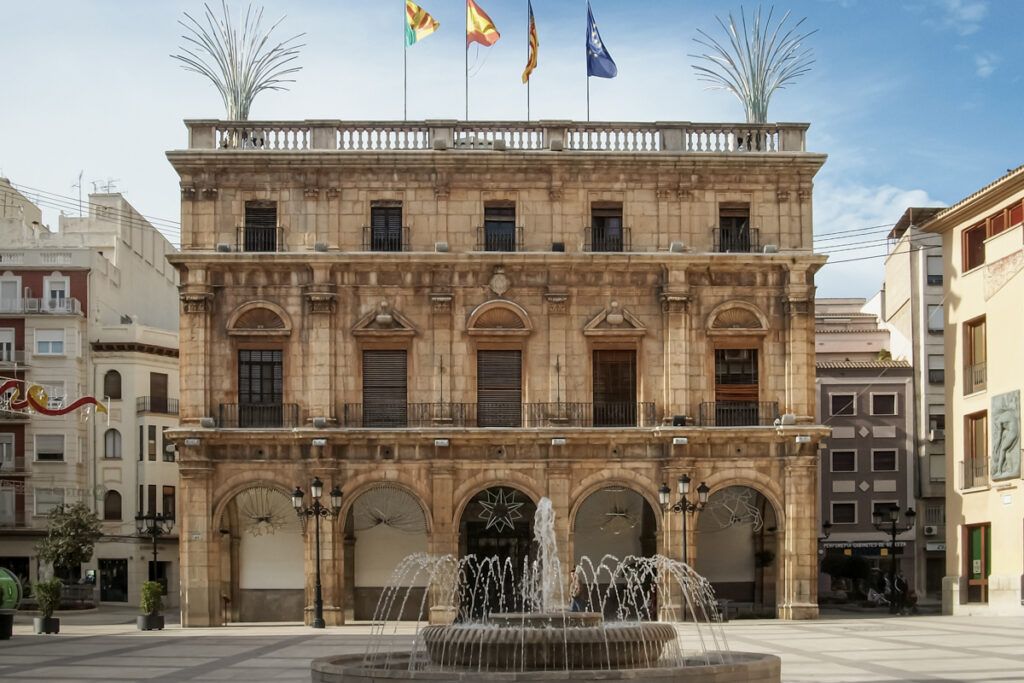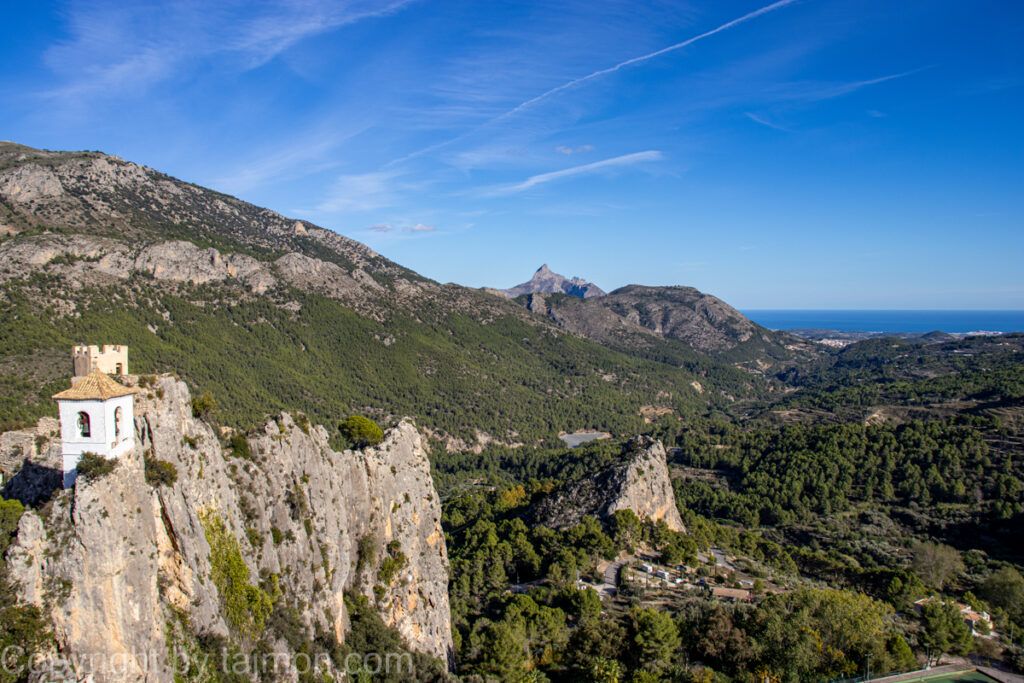Plaza del Ayuntamiento in Valencia
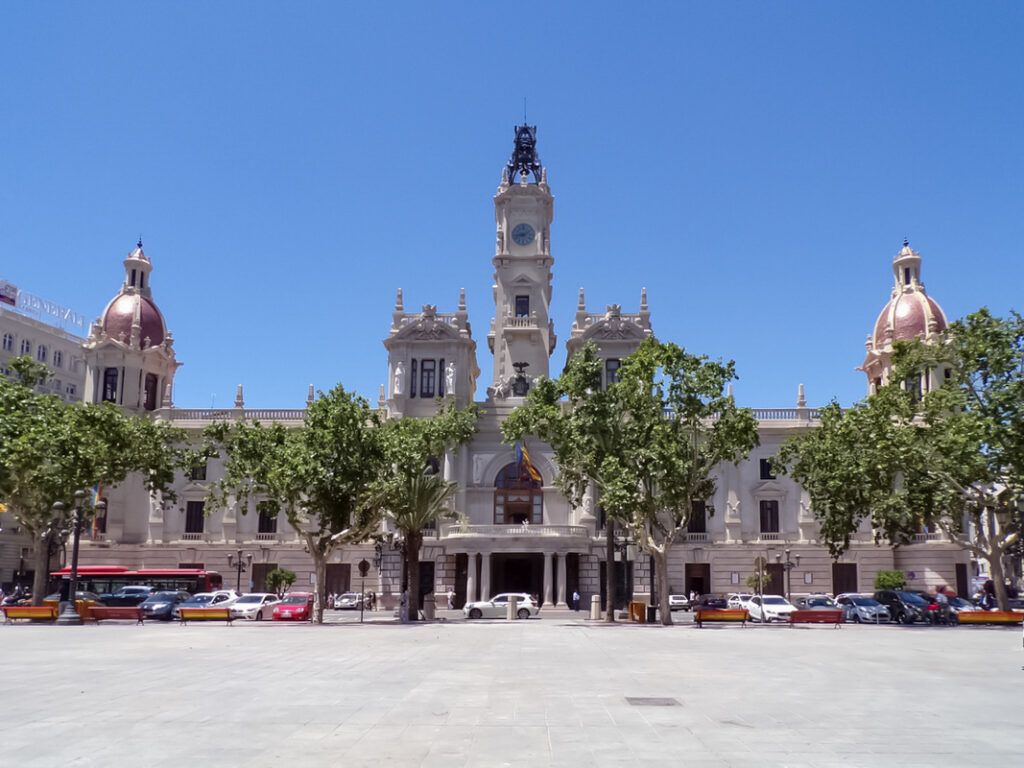
Plaza del Ayuntamiento, also known as Plaça de l’Ajuntament, is one of the most important and central places in Valencia. The square is characterized by the presence of buildings, most of which were built in an eclectic and rationalist style during the first half of the 20th century, such as Casa Consistorial, the headquarters of the Valencia City Council.
Plaza del Ayuntamiento has an original triangular shape, but with a central square that allows for the organization of many artistic and festival events, such as mascletá during Fallas, or fairs, always in the shade of plane trees and palms. There are flower stalls on the square, and the central fountain is illuminated at night.
The City Hall building, designed by Francisco de Mora and Carlos Carbonell in the first half of the 20th century, has Renaissance and Baroque elements. Its facade is decorated with various allegorical sculptures and a wide balcony. This balcony is the main point of the city during Fallas, becoming the presidential stand during mascletás, and on October 9, when the Senyera descends from it without bowing. Firefighters also climb to the balcony on January 5 after the Three Kings parade.
Plaza de la Reina in Valencia

Plaza de la Reina, also known as Plaça de l’Ajuntament, is a central place in Valencia that connects many important streets of the city, such as Calle de la Paz, Calle del Mar, Calle del Cabilleros, Calle de los Bordadores, Calle de Santa Catalina, and Calle de Santo Vincente Mártir. The square features a baroque gate called Hierros, which leads to the Valencia Cathedral.
Plaza de la Reina is one of the most characteristic places in the city, thanks to its green areas, which together with the cathedral in the background and numerous restaurants on both sides of the square, make it a lively place and a must-visit during your trip to Valencia.
There are flower stalls on the square, and the central fountain is illuminated at night. Plaza de la Reina is part of the BIC Santa Iglesia Catedral Basílica Metropolitana de Santa María protection area and partially part of the BIC Templo y Torre de Santa Catalina protection area. The square was the nerve center of ancient Valencia, and at the beginning of the 20th century, its reform was designed to define the new and final Plaza de la Reina.

